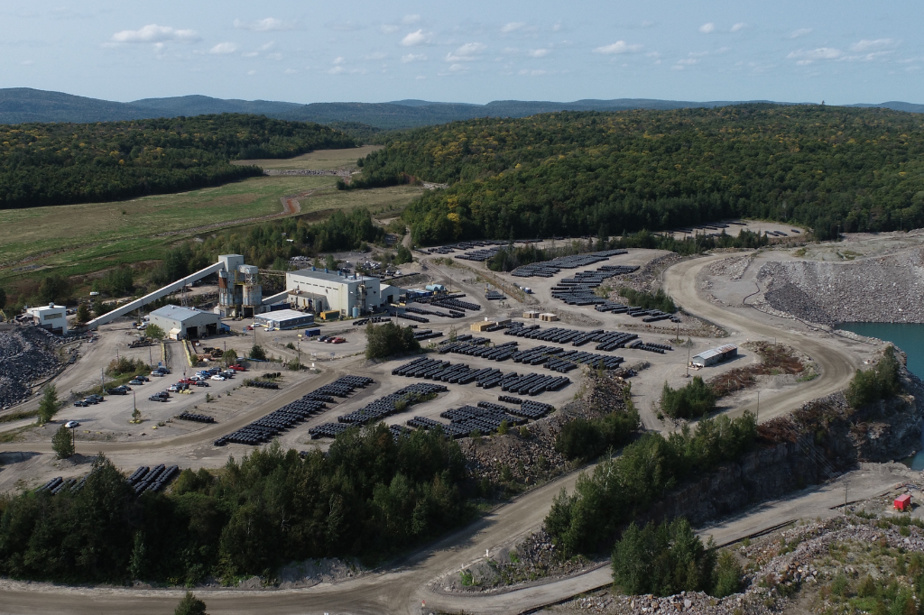The Quebec mining sector could benefit doubly from the rush for lithium and other minerals necessary for the manufacture of batteries. This need supports the growth of the industry while offering it a path to diversification, while it is currently focused on the extraction of gold and iron.
There is more than just lithium in electric vehicle batteries. Other minerals are essential, including graphite. However, the only active graphite mine in North America is located in Quebec. The Lac-des-Îles mine, near Mont-Laurier, is operated by the Ontario company Northern Graphite.
This mine symbolizes the diversification of the Quebec mining sector, stimulated by the demand for ores intended for the manufacture of batteries for electric vehicles. Northern Graphite has a vast plan to extract graphite from Lac-des-Îles, but also from a mine it owns in Namibia, and transform the ore into anode material in a 1.2 million meter factory squares which must be built in Baie-Comeau.
“We want to position ourselves as the first factory in North America that supplies graphite ready for use in batteries,” says Hugues Jacquemin, general manager of Northern Graphite.
The company plans to produce 200,000 tonnes of graphite from 2027, with 500 jobs initially, and the prospect of eventually hiring more than 2,000 people.
The interest in this project has just been reinforced, at the end of October, by China’s decision to control its graphite exports. The Asian powerhouse currently processes 90% of the graphite used in batteries into anode material. If North America wants to secure its battery manufacturing, it will need to rely on local production of minerals, including graphite, which represents more than half the weight of a battery. “With our factory, we could meet 7 or 8% of the needs of North America and Europe,” emphasizes Luc Jacquemin.
These prospects are not only promising for Northern Graphite. The entire Quebec mining sector is experiencing a prosperous period thanks to the dynamism of its two pillars. “When iron and gold extraction is doing well, Quebec’s mining industry is doing well,” underlines Josée Méthot, CEO of the Quebec Mining Association (AMQ).
The future extraction of graphite, lithium, nickel and copper may pave the way for greater diversification of the industry in Quebec. Of the 35 mining projects under study in the province, almost half involve minerals needed to manufacture electric batteries.
Spending on exploration work for lithium deposits reached nearly $74 million in 2022, 50% more than in 2019 which was the record for this mineral until then, according to data from the Annual Survey on mining investment from the Institute of Statistics of Quebec. “Lithium has the potential to take a big place in Quebec,” considers Jean-François Boulanger, professor of extractive metallurgy of critical and strategic elements at the University of Quebec in Abitibi-Témiscamingue (UQAT).
Even copper, which was no longer obtained only as a by-product of gold extraction, is targeted by two mining projects dedicated to this metal, near Matagami and Chibougamau.
“This positions us in responsible supply chains, when auto producers are wondering where to get their raw materials. »
However, future battery factories tend to be located close to sources of raw materials. And in turn, these factory creations secure investments in the mining sector, explains Josée Méthot, emphasizing the economically positive impact of mineral processing for the provincial economy.
Greater diversification of extraction would provide some strength, she continues, “because when one mineral is struggling in markets, other minerals that are experiencing growing demand can pick up the slack.”
Certainly, gold is more than ever a safe haven on the markets, and iron is abundantly consumed to produce the steel necessary for the construction of infrastructure. But the rush for the minerals needed for electric batteries could support Quebec’s mining sector in the event of a reversal in the prices of gold and iron on the markets, the two most precious metals until then for the industry.
